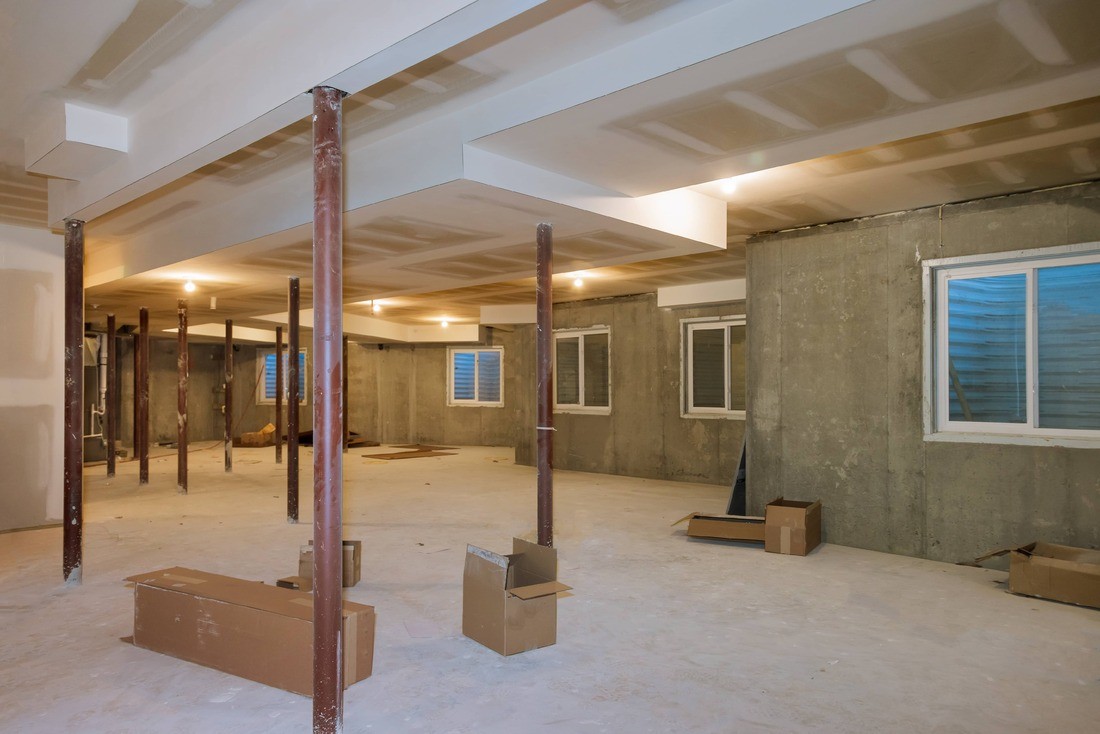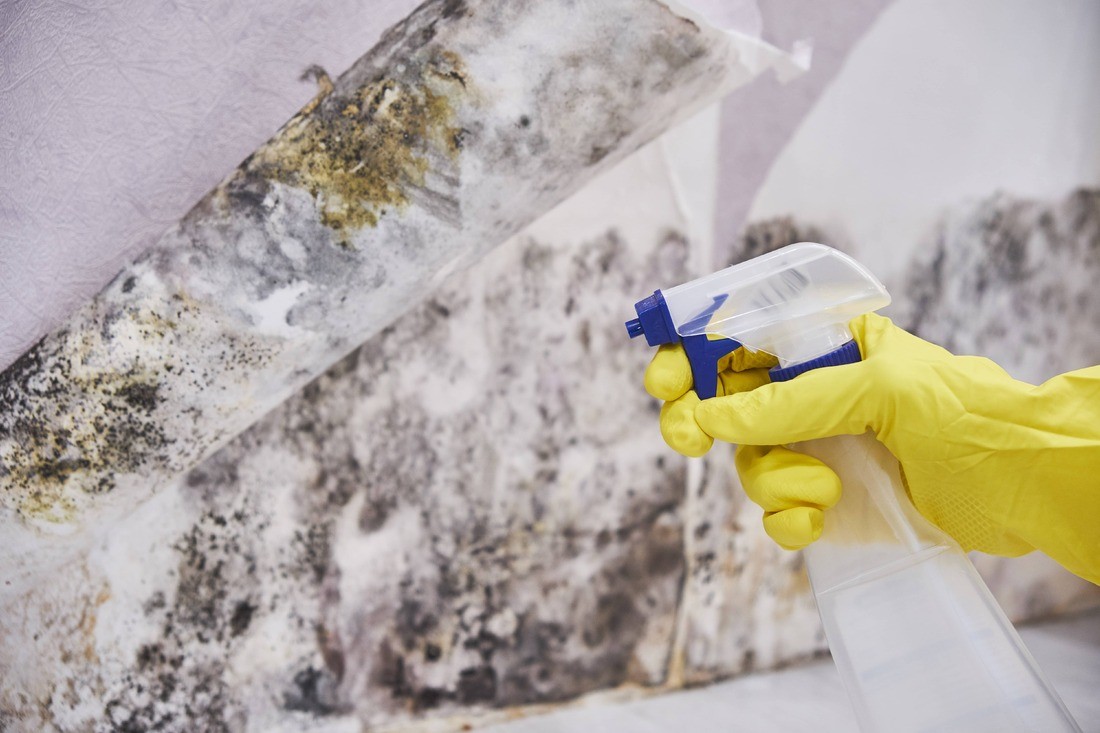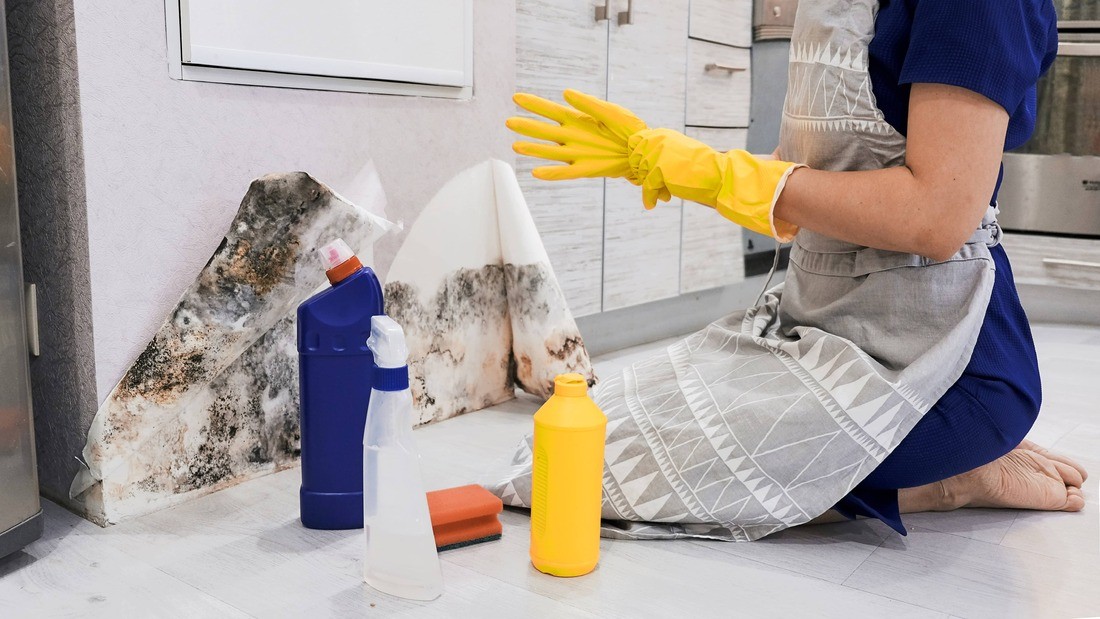
Introduction
Basements are susceptible to water intrusion, which can lead to severe damage and potential structural issues. Protecting your basement walls from exterior water is crucial for maintaining the integrity of your home and preventing costly repairs. This article will provide comprehensive information on how to protect basement walls from exterior water intrusion, including preventive measures and effective solutions.
Causes of Exterior Water Intrusion
Understanding the common causes of exterior water intrusion is essential for implementing appropriate preventive measures. The following factors can contribute to water intrusion in basement walls:
- Poorly designed or deteriorated waterproofing systems
- Improper grading that directs water towards the foundation
- Clogged gutters and downspouts
- Inadequate foundation drainage
- High water table
Preventive Measures
To protect your basement walls from exterior water intrusion, consider implementing the following preventive measures:

1. Ensure Proper Exterior Grading
Inspect the grading around your home and ensure that the soil slopes away from the foundation. This helps divert water away from the basement walls and prevents water from seeping into the foundation.
2. Maintain Gutters and Downspouts
Clean your gutters regularly to prevent debris buildup. Ensure that downspouts are directed away from the foundation, ideally by using downspout extensions to carry water at least 10 feet away.
3. Install an Exterior Drainage System
An exterior drainage system, such as a French drain or a curtain drain, helps divert water away from the foundation. These systems collect and redirect water, preventing it from seeping into the basement walls.
4. Waterproof Exterior Walls
Applying a waterproofing membrane or coating to the exterior walls can provide an additional layer of protection against water intrusion. Consult with a professional to determine the most suitable waterproofing method for your specific situation.
5. Install Window Well Covers
If your basement has window wells, consider installing covers to prevent water, debris, and pests from entering. Window well covers also help improve ventilation and natural light while ensuring the integrity of your basement walls.

6. Maintain Sump Pump System
If your basement has a sump pump system, ensure regular maintenance and testing to keep it in optimal working condition. A properly functioning sump pump can effectively remove water that accumulates around the foundation.
Addressing Exterior Water Intrusion
If you discover signs of water intrusion in your basement walls, it’s crucial to address the issue promptly to prevent further damage. Here are steps to take if you’re dealing with exterior water intrusion:
1. Identify the Source of Water Intrusion
Thoroughly inspect the exterior of your home to identify the source of the water intrusion. Look for cracks, gaps, or damaged areas where water may be entering.
2. Repair Cracks and Gaps
Seal any cracks or gaps in your basement walls using an appropriate waterproof sealant. This will help prevent further water intrusion and protect the integrity of the walls.
3. Improve Exterior Drainage
If the water intrusion is caused by poor exterior drainage, take steps to improve it. This may involve adjusting the grading, cleaning gutters, or installing a drainage system.
4. Consult a Professional
If you’re unsure about the best course of action or if the water intrusion is severe, it’s recommended to consult a professional water damage restoration company. They have the expertise and specialized equipment to address the issue effectively.
Importance of Professional Water Damage Restoration Services
When dealing with water intrusion and damage in your basement, enlisting the services of a professional water damage restoration company is highly beneficial. Here’s why:
1. Expert Assessment
A professional team can assess the extent of the water damage and recommend appropriate repair and restoration solutions tailored to your specific situation.
2. Efficient Water Extraction
Professional water damage restoration services have advanced equipment to efficiently extract water from your basement, minimizing the risk of further damage and mold growth.
3. Mold Remediation
If water intrusion has led to mold growth, the restoration company can effectively and safely remove the mold, preventing its spread and potential health hazards.
4. Structural Drying
Professional water damage restoration teams utilize industrial-grade dehumidifiers and drying equipment to thoroughly dry the affected areas, preventing structural damage and mold growth.
5. Restoration and Repairs
Once the water has been extracted and the affected areas have been dried, professionals can undertake necessary repairs and restore your basement to its pre-damage condition.
FAQ
What should I do if my basement floods?
How much does basement flooding repair cost?
By implementing preventive measures and promptly addressing water intrusion issues, you can protect your basement walls from exterior water intrusion and avoid costly damage. If you need professional water damage restoration services, contact Service Water Restoration Pros at 949-209-1582.
Sources:


